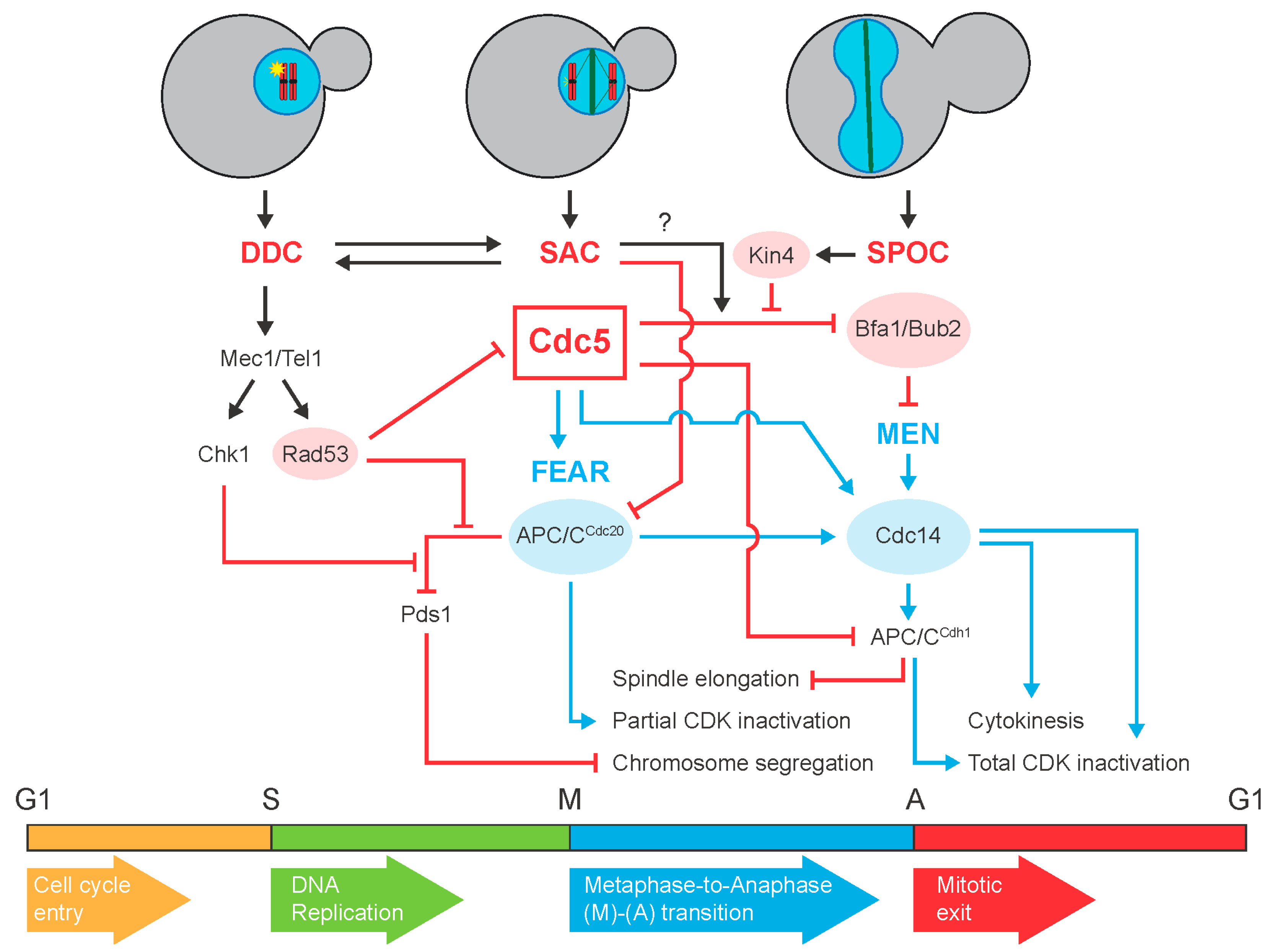A Method for the Acute and Rapid Degradation of Endogenous Proteins Cell Biology Diagrams Mitotic exit is an important transition point that signifies the end of mitosis and the onset of new G1 phase for a cell, and the cell needs to rely on specific control mechanisms to ensure that once it exits mitosis, it never returns to mitosis until it has gone through G1, S, and G2 phases and passed all the necessary checkpoints. Many factors including cyclins, cyclin-dependent kinases

The first step in mitotic exit is sister-chromatid separation, which is triggered, Hochstrasser, M. Ubiquitin-dependent protein degradation. Annu. Rev. Genet. 30, 405-439 (1996). Background: Degradation of the mitotic cyclins is a hallmark of the exit from mitosis. Induction of stable versions of each of the three mitotic cyclins of Drosophila, cyclins A, B, and B3, arrests mitosis with different phenotypes. We tested a recent proposal that the destruction of the different cyclins guides progress through mitosis.Results: Real-time imaging revealed that arrest

Mitotic Exit - an overview Biology Diagrams
As expected, given the observed enrichments of the Time Course and Mitotic Exit protein datasets, CCD proteins were highly enriched in cell cycle annotations, cell cycle-specific cellular

Abstract. We have found that key mitotic regulators show distinct patterns of degradation during exit from mitosis in human cells. Using a live-cell assay for proteolysis, we show that two of these regulators, polo-like kinase 1 (Plk1) and Aurora A, are degraded at different times after the anaphase-promoting complex/cyclosome (APC/C) switches from binding Cdc20 to Cdh1.

The schedule of destruction of three mitotic cyclins can dictate the ... Biology Diagrams
Mitotic exit regulation involves inactivation of mitotic kinases and activation of counteracting protein phosphatases. The key mitotic exit phosphatase in budding yeast, Cdc14, is now well understood.
